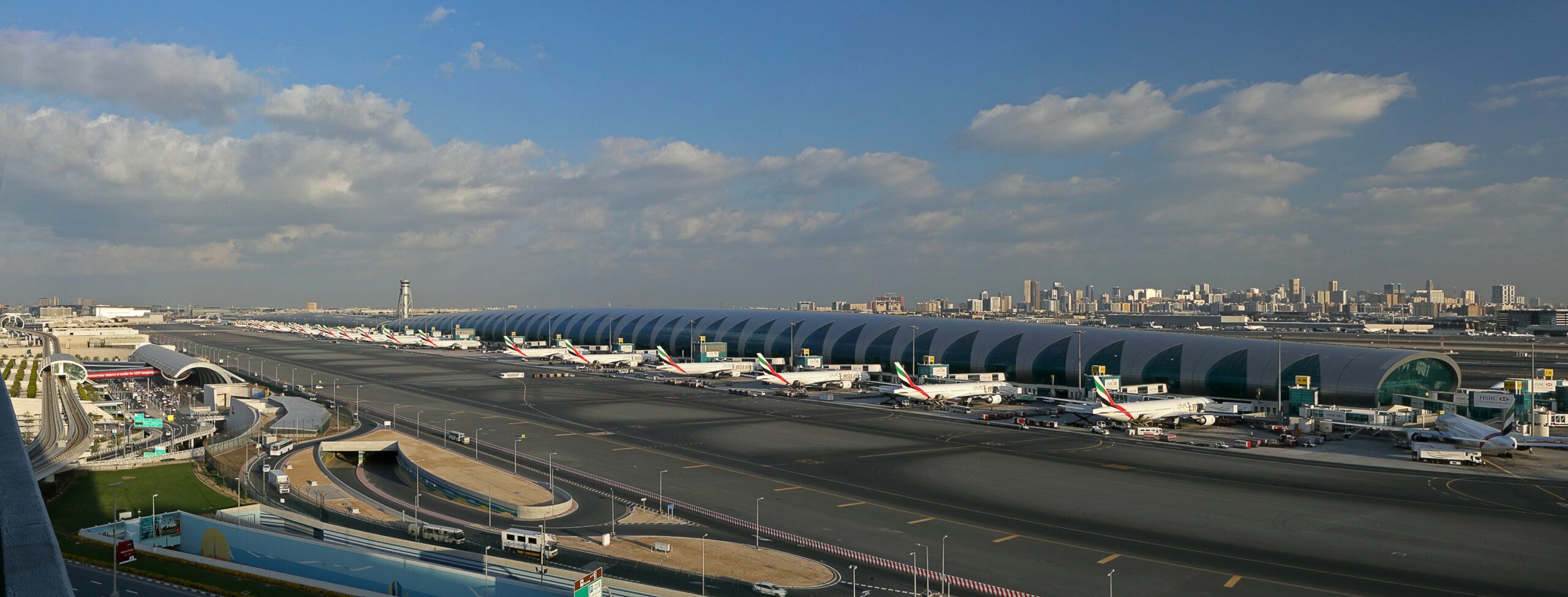Dubai International Airport ‘handled 20% more passenger traffic in Q3 of 2021’

Dubai International Airport, the world’s busiest for international travel, handled 20% more passenger traffic in the third quarter of 2021 compared to the same period last year, its chief executive said, signaling cautious optimism for the ravaged aviation industry.
Yet a full recovery remains years off. Just 20.7 million people squeezed through the airport so far this year — a 74% drop from before the coronavirus hit in 2019.
CEO Paul Griffiths said the figure still represents a sharp turn in fortunes for the crucial east-west transit hub that was clobbered by the pandemic.
“We’re still optimistic for recovery being very strong,” Griffiths told The Associated Press amid the aroma of jet fuel and noise of plane takeoffs on the second day of the biennial Dubai Air Show.
“It’s going to be a couple of years, but I hope I’m wrong.”
Some 6.7 million passengers passed through the airport over the third quarter, with flights surging 17% between January and September compared to the same period last year. It’s a welcome change from the steady stream of bad news in 2020, when the airport slashed 34% of its staff and mothballed a main terminal as the coronavirus closed borders around the world.
“Growth is returning very strongly,” Griffiths said, citing a 40% spike in bookings last month. The airport is gearing up for flying to rebound at the year’s end, betting that accelerating vaccinations and relaxing travel curbs will allow Europeans to flee wintry weather for Dubai’s beaches and tourists to visit the giant world’s fair in the city that runs until March.
Griffiths said confidence also grew with the loosening of travel restrictions from India and Pakistan, which remained the airport’s largest market this quarter and routinely send legions of laborers and visitors to the UAE.
Airlines have expanded their flying schedules as the US recently welcomed back vaccinated Europeans and India reopened for quarantine-free tourism on Monday.
Still, there are lingering signs that the industry’s worst-ever crisis may not be over.
Behind Griffiths, tails of scores of Emirates’ iconic fleet of double-decker Airbus A380s, largely grounded amid the pandemic, loomed at Dubai World Central, the Gulf city’s second airport that went out of use for commercial flights last year.
The Middle East’s biggest carrier, Emirates, reported receiving an additional $681 million from the Dubai government earlier this month, bringing the total cash aid close to $3.8 billion as it posted $1.6 billion in losses for the third quarter.
Yet as demand for long-haul travel picks up and more superjumbo jets fill the skies, the airport’s dedicated A380 terminal, Concourse A, will return to life later this month, Griffiths said.
“We’ve been cash positive throughout the pandemic and not relied on any subsidy from any other entity,” Griffiths added, while acknowledging that the region’s airlines have struggled with the slow return of long-haul and business trips.
Even as variants continue to course through inoculated populations and economic recovery remains slanted toward wealthier Western countries, Griffiths described a torrent of pent-up travel demand after a year and a half of financial pain.
“We’ll see people having the confidence to rush back to travel,” he said. “I don’t think it will be a trickle. It will be a flood.”
